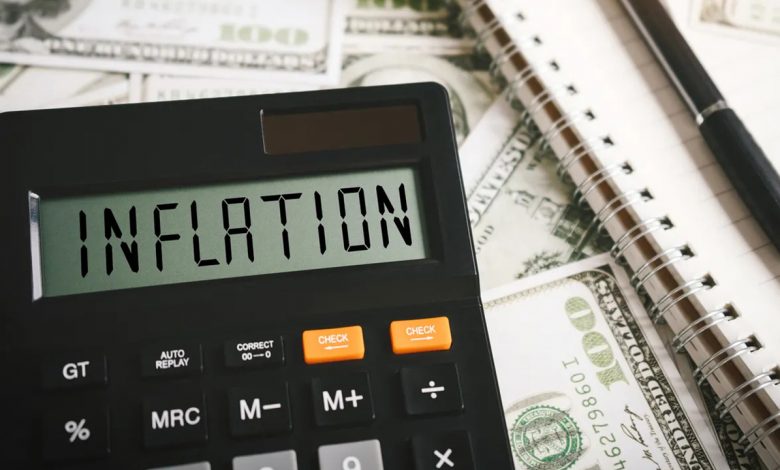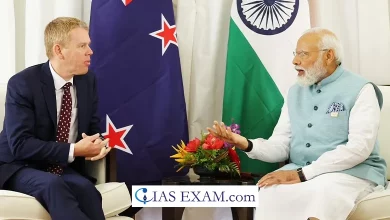Daily Current Affairs for UPSC
Increased loan costs to deal with inflation
Syllabus- Indian Economy [GS Paper-3]

Context- The Monetary Policy Committee (MPC) of the Reserve Bank of India (RBI) has raised the benchmark lending rate by 25 basis points (bps) to 6.5% in a bid to tackle inflation.
Key Highlights
- In the last monetary policy released in December 2022, repo rate was hiked by 35 basis points (bps) to 6.25%.
- Here basis point (bps) is one-hundredth of a percentage point.
- The MPC stated that further calibrated monetary policy action is warranted to keep inflation expectations anchored, break the persistence of core inflation and thereby strengthen the medium-term growth prospects.
- The MPC also lowered its consumer price index (CPI) inflation forecast for the current fiscal year to 6.5% from the 6.7% which was projected in the December meeting, and growth estimate for Q1 of the fiscal year beginning in April was increased by 70 bps to 7.8%.
- However the direct impact of the increase in repo rate will make loans and EMIs costlier.
Monetary Policy Committee
- MPC is a statutory framework under the Reserve Bank of India Act, 1934, for maintaining price stability, while keeping in mind the objective of growth.
- The Governor of RBI acts as the ex-officio Chairman of the committee.
- The MPC determines the policy interest rate or the repo rate required to achieve the inflation target.
- An RBI-appointed committee led by the then deputy governor Urjit Patel in 2014 which recommended the establishment of the Monetary Policy Committee.
Types of the Rates
-
- PolicyRepo Rate:
- Repo rate is the rate at which the Reserve Bank of India in case of India lends money to commercial banks if in case any shortfall of funds. Here, the Reserve Bank of India purchases the security.
- PolicyRepo Rate:
- Standing Deposit Facility (SDF)
-
- It is a liquidity window through which the central bank of India will give banks an option to park excess liquidity with it.
- It is different from the reverse repo in that it does not require banks to provide collateral when parking funds.
- Marginal Standing Facility Rate (MSF)
- It is a window for scheduled banks to borrow overnight from the RBI in an emergency situation when interbank liquidity fully dries up.
- In case of interbank lending, banks lend funds to one another for a specified term.
- Bank Rate
- BR is the rate charged by the RBI for lending funds to commercial banks.
- Cash Reserve Ratio (CRR)
- Here the commercial banks have to hold a certain minimum amount of deposit (NDTL) as reserves with the central bank.
- Statutory Liquidity Ratio (SLR)
- It is the minimum percentage of deposits that a commercial bank has to maintain in the form of liquid cash, gold or other securities.
What would be the Impact of hike in lending rate?
- It is expected to push up interest rates in the banking system. As a result Equated Monthly Installments (EMIs) on home, vehicle and other personal and corporate loans are likely to go up.
- Deposit rates, mainly fixed term rates, are also expected to rise.
- Consumption and demand can be impacted by the lending rate hike.
- By this the lendable resources of banks is likely to come down.
- It means the cost of funds will go up and banks’ net interest margins could get adversely affected.
Note
Net interest margin (NIM) is a measure of the difference between the interest income earned by a bank or other financial institution and the interest it pays out to its lenders relative to the amount of their assets that earn interest.





.png)



